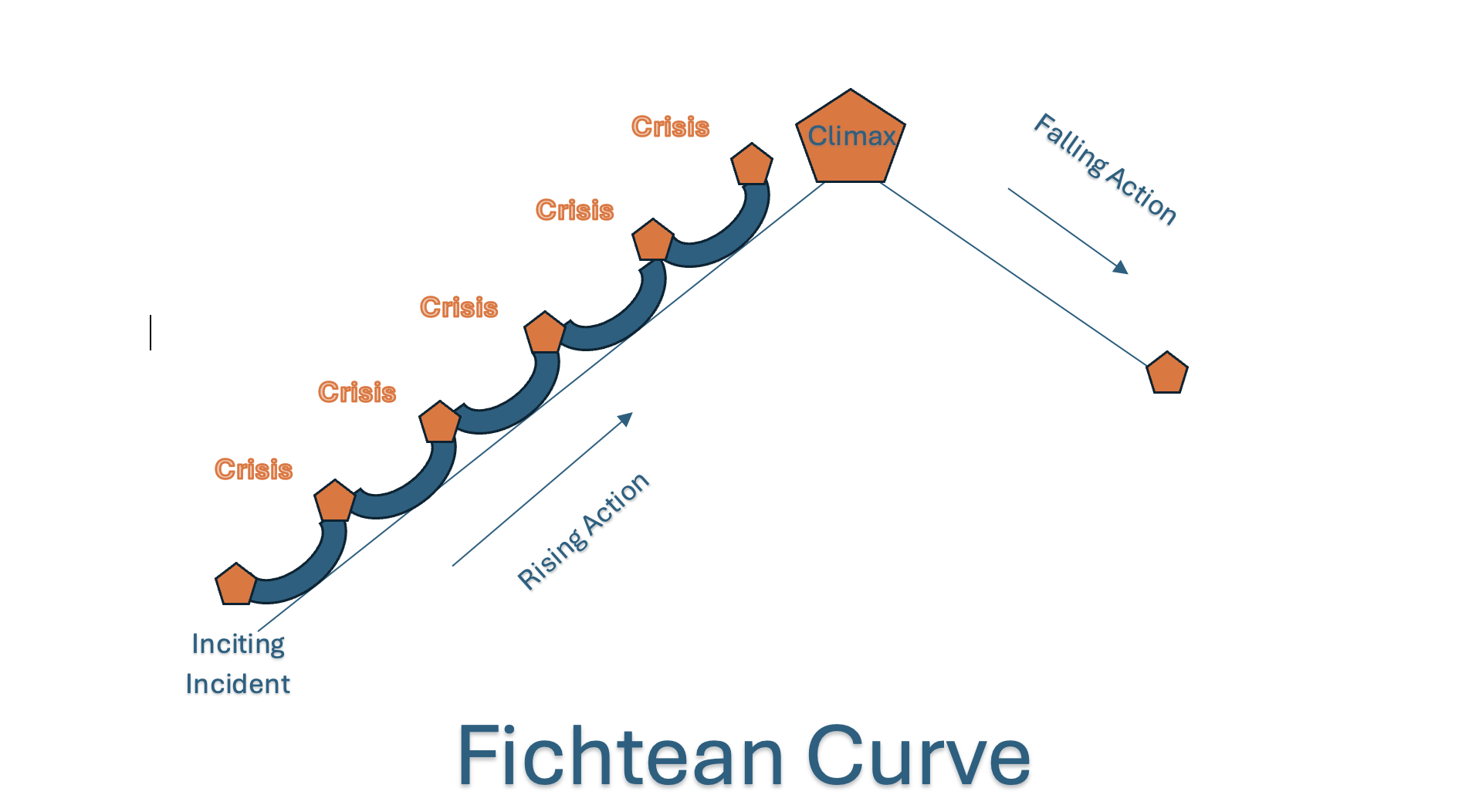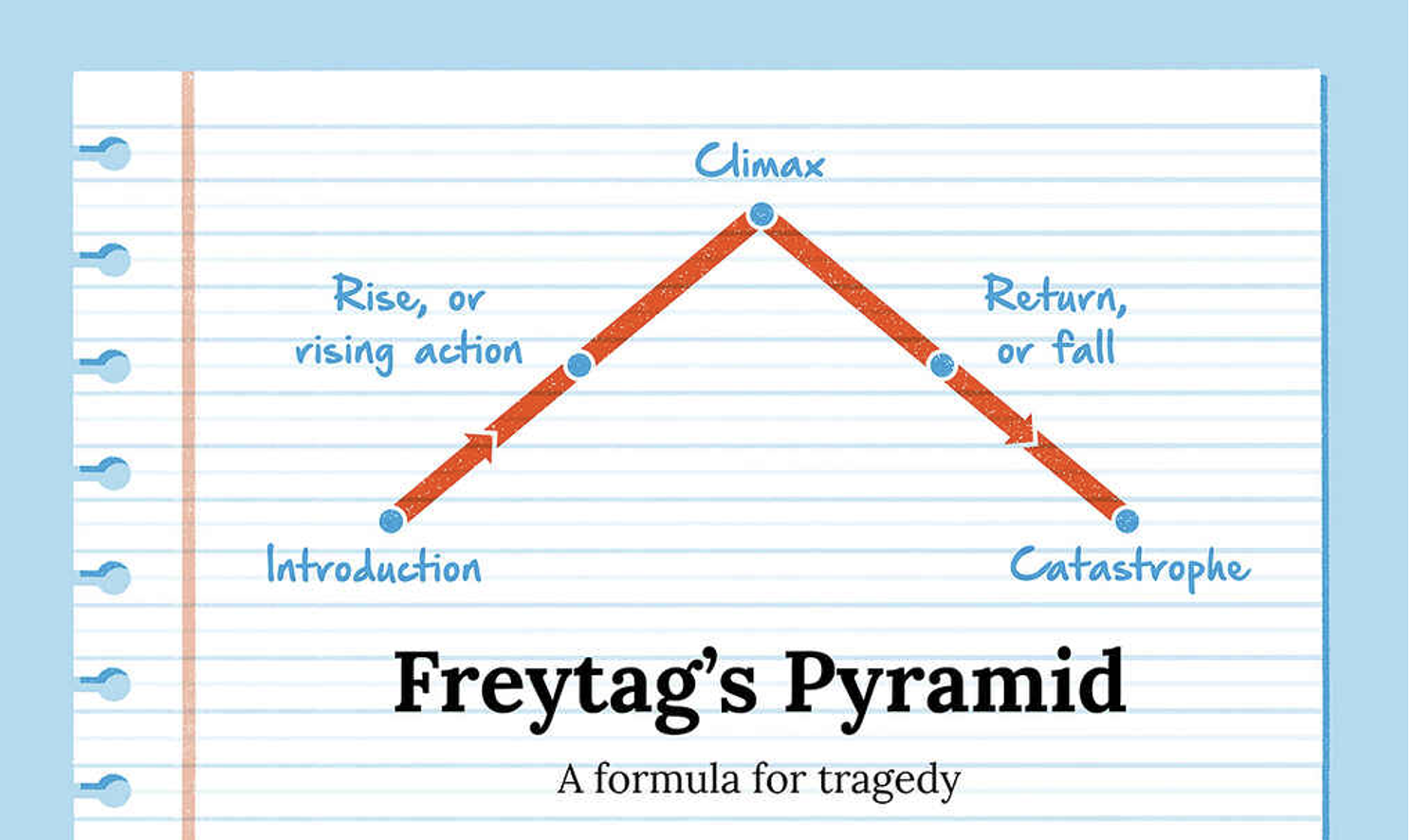What is the Thriller Genre?
Pauline J. Grabia participates in the Amazon Services LLC Associates Program, an affiliate advertising program, and earns from qualifying purchases from links in this post.
Please subscribe to my email newsletter for updates on my website and blog, and exclusive access to exclusive material in the Subscriber Content page of this website (see menu bar above). New content will be added regularly. You can sign up in the form found in the footer of this page. Thank you!
Defining the Thriller Genre
Last week, I described the two genres I primarily write in and why. They were the Thriller genre and the Love (romance) genre. In today’s post, we will explore what the Thriller genre is about in greater detail. Next week’s post will deal with the definition and details of the Love genre. A list of the sources I consulted and cited in this post during my research for preparing it will follow at the end.
The Thriller Genre in literature is a classification of stories that generally (but not always) fall under the umbrella category of Commercial Fiction that are plot-driven, fast-paced, edge-of-your-seat page-turners. A Thriller blends the Action, Crime, and Horror genres that “focuses on the protagonist’s need for safety” (Storygrid.com). It evokes suspense, excitement, anticipation, and anxiety in the reader. Unlike a mystery novel that focuses on a crime that has already happened, the Thriller “centers around crime about to happen.” (Gilbo, 2023) Thrillers allow the reader the satisfaction of an action-packed thrill ride where the good guy (usually) wins and the villain gets their comeuppance, all without personal risk.
The Bones of the Thriller Genre
A Thriller is like a body—it consists of a framework or skeleton of characteristics and elements fleshed out by the plot created by the author. These elements hold everything that happens in the plot, including obligatory scenes and conventions specific to the genre. They are necessary. Without them, the story crumbles and isn’t truly a Thriller.
There are a number of ways of looking at the structure of the Thriller genre. According to the contributor at Masterclass.com, the anatomy of a thriller is composed of what they call the 3C’s: The Contract, the Clock, and the Crucible.
The Contract is the promise the author makes to the reader, overtly or by implication, about what the story will deliver by the time it concludes. In Thrillers, this contract includes the promise of excitement, action, and the satisfaction of a battle between good and evil, among other things. The author must keep every promise made in their contract with the reader at the story’s beginning.
The Clock, or “ticking time clock”, is the time pressure added to the conflict, the time before which the protagonist must defeat the villain, or they face death, or worse, damnation. This Clock creates higher stakes, increased tension, and “more interest for the reader.” (MasterClass, 2022) Every thriller must have some element of a time limit or countdown.
The Crucible is “a box that constrains (the) characters, offers them no escape, and forces them to act.” (MasterClass, 2022) It’s a pressure-cooker situation that increases the stakes and conflict. The pressure within the Crucible must increase progressively. In other words, each task or trial the protagonist faces must increase in difficulty and danger from the last until the point where the pressure is at its pinnacle and explodes with the story’s climax.
According to MasterClass.com, every Thriller should include these eight elements:
1. The element of suspense.
2. A hero with a special gift or ability they will use against the villain.
3. A sidekick.
4. A Villain who is a master criminal (and in some ways superior to the Hero).
5. Plot Twists.
6. Red Herrings.
7. Cliffhangers.
8. An exciting climax.
StoryGrid.com presents the idea of the Four-Core Framework, as presented by Shawn Coyne in his book Story Grid: What Good Editors Know (), to explain the structure of the literary genres, including Thrillers. The four core elements are the core need, the core value, the core emotion, and the core event.
The core need in the Thriller genre is safety. In the story, the villain threatens the stability and safety of the Hero, their circle of family and friends, and society. This resonates with the reader because everyone wants to feel safe and secure, and the idea of a conquering hero protecting safety is comforting.
The core value of a Thriller story is on the spectrum from Damnation to Life. Damnation is a fate worse than death, so that’s why the spectrum goes from the one extreme of damnation to the other extreme of life, with the concepts of death and unconsciousness occurring between them. This concept of damnation, or a fate worse than death, varies in what specifically it entails from hero to hero, story to story.
The core emotion of a Thriller is excitement. One of the biggest thrills for the reader is to discover why the villain wants to torture and destroy the hero. This revelation adds to the excitement the reader experiences. In today’s world, the individual’s power is often curtailed, so the “Thriller story’s focus on the power of an individual” reminds the reader that their gifts and abilities matter. (StoryGrid.com) The core event in the Thriller genre is the Hero at the Mercy of the Villain. This is the climax of the Thriller story where the hero’s core need for safety is most at peril, and the hero faces death or, even worse, damnation if they fail to overcome the control and power the Villain exerts over them. This is where the main confrontation occurs between the hero (good) and the villain (evil).
StoryGrid.com describes four necessary conventions or elements that must be met in a story for it to be considered a Thriller. These conventions are:
1. A MacGuffin ( the Villain’s object of desire).
2. Investigative Red Herrings.
3. The Villain making it personal with the Hero.
4. The Clock, which counts down and must be beaten by the Hero.
Savannah Gilbo of SavannahGilbo.com adds the following conventions to the list, including:
5. A crime “indicative of a master villain.”
6. A victim or victims.
7. A Villain (the personification of evil).
8. A shapeshifter (someone who says one thing and does another, adding conflict for the hero).
9. Lives at stake.
10. A false ending. There must be two endings to the Thriller story.
Along with necessary conventions, a Thriller has scenes that must take place in the story to be classified as a Thriller. According to Savannah Gilbo, these obligatory scenes include:
1. The Discovery of the Crime Scene (the crime is inciting and “indicative of a master villain.”
2. The Stakes Become Personal Scene (see the list of conventions).
3. The Protagonist (Hero) Learns what the Antagonist (Villain) Wants Scene.
4. The Protagonist Becomes the Victim Scene.
5. The Hero at the Mercy of the Villain Scene.
6. The Justice Prevails (or Fails) Scene.
The contributors at StoryGrid.com add the following scenes to the list:
7. The Speech in Praise of the Villain Scene.
8. The False Ending Scene (see conventions list).
Examples of Thrillers in Literature
The following is a short list of Thriller examples that are not exhaustive. Some are ancient; others are contemporary.
1. Gone Girl by Gillian Flynn
2. The Odyssey by Homer (725 BCE)
3. The Count of Monte Cristo by Alexandre Dumas (1844)
4. Red Dragon by Thomas Harris
5. Coma by Robin Cook
6. The Bourne Identity by Robert Ludlum
7. Marathon Man by William Goldman
8. The Girl on the Train by Paula Hawkins
9. The Water Keeper by Charles Martin
10. Edge of Dusk by Colleen Coble
Next week, the Love (Romance) genre will be explored with notable examples listed. Thank you again for reading. What are your favorite Thrillers? Let me know in the comments!
Bibliography
Gilbo, S. (2023). The 10 Things Every Thriller Novel Needs. Retrieved from SavannahGilbo.com: www.savannahgilbo.com/blog/thriller-conventions
MasterClass. (2022, September 2). MasterClass.com/article. Retrieved from www.masterclass.com: www.masterclass.com/article
StoryGrid.com. (n.d.). Story Grid. Retrieved from Story Grid: www.storygrid.com/thriller-genre
Please subscribe to my email newsletter. By subscribing, you will receive advance notice of upcoming blog posts, news updates about my website and publishing journey, and exclusive content available only to subscribers on my Subscriber Content page. This content currently includes the Prologue and Chapters Eleven through Twenty-Five of my novel Filling the Cracks, the first ten chapters available to the public on my blog. If you want to read the novel's conclusion, subscribe! You can begin with Chapter One here if you haven’t read Filling the Cracks.
Check out my social media accounts and return for another informative post next week. May God bless you richly!
Pauline J. Grabia





In previous posts, we have explored various forms of story structure, including Freytag’s Pyramid, the Fichtean Curve, and the Hero’s Journey. Each of these is an effective story structure for a writer, depending on the narrative. The Three-Act Story Structure is one of the most used story frameworks in literature and film. This structure divides the story into three main sections or acts: Act 1, the Setup (or Beginning); Act 2, the Confrontation (or Middle); and Act 3, the Resolution (or Ending). This will not be a comprehensive exploration of the three-act structure, as there are other blogs listed at the end that do a much better job than I could of deeply examining the elements of this structure.